Introduction
The refrigerator’s crisper drawer, designed to extend the freshness of fruits and vegetables, often sparks curiosity among beverage enthusiasts: Can it serve the same purpose for beer? While the crisper’s humidity-controlled environment is ideal for produce, its suitability for storing beer hinges on understanding the interplay between temperature, humidity, light exposure, and beer chemistry. This article delves into the science of beer storage, compares the crisper drawer to other fridge zones, and provides actionable insights for optimizing your beer’s shelf life and flavor.
Understanding the Refrigerator’s Crisper Drawer
The crisper drawer is a dedicated compartment in most refrigerators, equipped with adjustable humidity controls and sometimes temperature settings. Its primary function is to maintain optimal conditions for fruits and vegetables, which thrive in cool, slightly humid environments. By regulating moisture levels, the crisper reduces dehydration and slows the ripening process, preventing premature spoilage.
How It Works
- Humidity Control: Most crispers feature a slider or dial to adjust airflow. A closed vent traps moisture, creating a high-humidity environment (ideal for leafy greens), while an open vent allows excess moisture to escape, suitable for ethylene-producing fruits like apples.
- Temperature: Crispers typically operate between 32–40°F (0–4°C), slightly warmer than the main fridge compartment to prevent freezing.
- Isolation: Positioned at the bottom of the fridge, crispers are shielded from temperature fluctuations caused by frequent door openings.
Why It’s Designed for Produce
Fruits and vegetables release ethylene gas, a ripening hormone. The crisper’s sealed design minimizes ethylene buildup, while humidity controls prevent wilting. However, these features raise questions about their compatibility with beer storage.
The Science Behind Beer Storage
Beer is a perishable beverage influenced by four key factors: light, temperature, oxygen, and time. Proper storage mitigates these elements to preserve flavor, aroma, and carbonation.
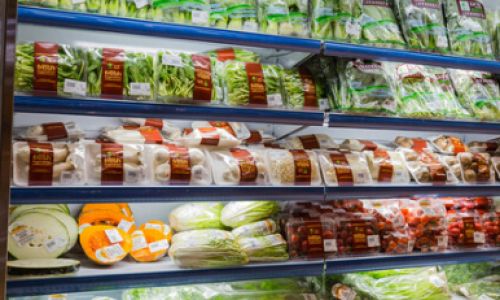
Light Exposure
Ultraviolet (UV) light reacts with iso-alpha acids in hops, creating a compound called 3-methyl-2-butene-1-thiol (MBT), which imparts a skunky aroma. This phenomenon, known as “lightstruck” flavor, is why brewers use amber or green bottles to block UV rays. Clear glass offers no protection, making light exposure a critical concern.
Temperature Fluctuations
Consistent cold storage slows chemical reactions that degrade beer quality. However, frequent temperature swings accelerate oxidation and stale flavors. Ideal serving temperatures vary by style: lagers (35–45°F) and ales (45–55°F), but long-term storage should remain below 50°F to minimize aging.
Oxygen Exposure
Oxygen reacts with beer over time, creating cardboard-like off-flavors. This process, called oxidation, is irreversible. Bottles with loose caps or damaged crowns are particularly vulnerable.
Time
Even under optimal conditions, beer has a finite shelf life. Most craft beers peak within 3–6 months of bottling, while high-alcohol or barrel-aged styles may improve with age if stored correctly.
Comparing the Crisper Drawer to Other Fridge Zones
To determine if the crisper suits beer storage, it’s essential to contrast it with other refrigerator zones.
Crisper Drawer
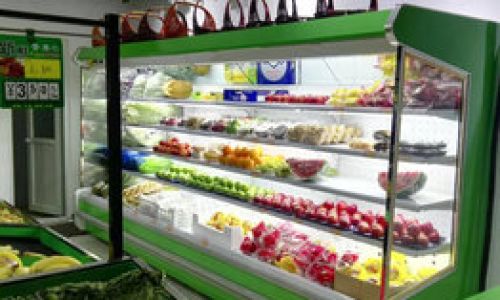
- Temperature: 32–40°F (0–4°C)
- Humidity: Adjustable (high for produce, low for ethylene-sensitive items)
- Light: Typically dark when closed, but clear drawers may allow light penetration when open.
- Pros: Stable temperature, minimal light (if opaque), isolation from odors.
- Cons: Limited space, potential ethylene exposure if stored near produce.
Main Fridge Compartment
- Temperature: 34–38°F (1–3°C)
- Humidity: Low (ideal for dairy and meats)
- Light: Exposed when doors are open.
- Pros: Ample space, consistent cold.
- Cons: Temperature fluctuations from door openings, light exposure.
Fridge Door Shelves
- Temperature: 38–45°F (3–7°C)
- Humidity: Low (due to frequent temperature changes)
- Light: Constant exposure when doors are open.
- Pros: Easy access.
- Cons: Warmest zone, light exposure, unstable temperature.
Dedicated Beer Fridges
- Temperature: Fully controllable (32–55°F)
- Humidity: Adjustable.
- Light: UV-resistant glass or internal lighting.
- Pros: Optimal conditions, no odor transfer.
- Cons: Cost and space requirements.
Verdict: The crisper drawer offers a stable, dark environment comparable to a dedicated beer fridge, provided it’s opaque and isolated from produce. However, its smaller size and potential humidity adjustments require careful planning.
Pros and Cons of Using the Crisper for Beer
Advantages
- Temperature Stability: The crisper’s consistent cold reduces oxidation and flavor degradation.
- Light Protection: Opaque drawers shield beer from UV rays, preventing skunking.
- Odor Isolation: Sealed compartments prevent beer from absorbing fridge odors (e.g., onions, cheese).
- Space Efficiency: Ideal for small batches or limited fridge space.
Disadvantages
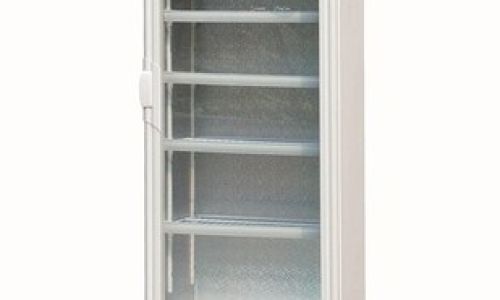
- Humidity Risks: High humidity may corrode bottle caps or labels over time.
- Ethylene Gas: Storing beer near ethylene-producing produce (e.g., apples, bananas) could theoretically alter flavor, though evidence is anecdotal.
- Limited Capacity: Crispers are smaller than main compartments, restricting storage volume.
- Accessibility: Frequent drawer opening may expose beer to light and temperature shifts.
Best Practices for Storing Beer in the Crisper
Cleanliness First
Sanitize the crisper drawer before storing beer to eliminate residual odors from produce. Use a mild detergent and dry thoroughly.
Isolate Beer from Produce
Designate a separate section of the crisper for beer to avoid ethylene exposure. Use bins or dividers to maintain organization.
Monitor Humidity Levels
Adjust the crisper’s humidity slider to “low” if storing beer long-term. This prevents excess moisture buildup, which can loosen caps or degrade labels.
Prioritize Dark Bottles and Cans
Opt for amber or green glass bottles, or cans, which block UV light. Clear bottles should be stored in opaque crispers only.
Store Upright
Keep bottles upright to minimize the surface area exposed to oxygen. This reduces the risk of oxidation and keeps yeast sediments settled.
Avoid Overcrowding
Allow air circulation by leaving gaps between bottles. Overcrowding can cause temperature inconsistencies.
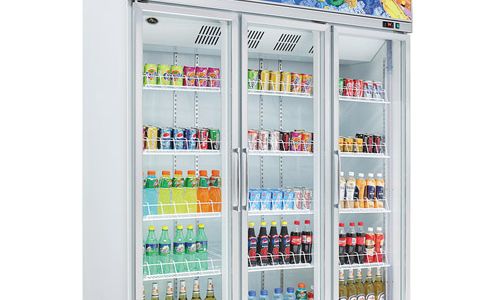
Check Expiration Dates
Rotate stock to ensure older beers are consumed first. Most craft beers lack expiration dates but include bottling dates for reference.
Consider Beer Style
- Hoppy Beers (IPAs): Consume within 3–6 months to preserve aroma.
- Lagers and Pilsners: Enjoy within 6–9 months.
- Stouts and Barleywines: Age for 1–3 years if stored properly.
Alternatives to the Crisper Drawer
Dedicated Beer Fridges
These appliances offer precise temperature control (32–55°F), UV-resistant glass, and adjustable shelving. Ideal for collectors, they eliminate odor transfer and light exposure.
Cellars or Basements
Cool, dark basements (50–55°F) mimic traditional cellaring conditions. Suitable for aging high-alcohol beers, but require stable temperatures and humidity monitoring.
Kegerators
For draft beer enthusiasts, kegerators maintain carbonation and freshness while allowing temperature customization.
Countertop Coolers
Compact, affordable options for small collections. They lack fridge features but offer dedicated beer storage.
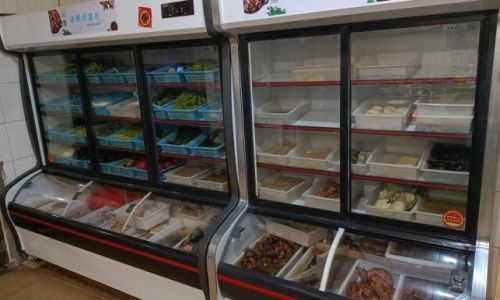
Common Misconceptions
“All Beer Must Be Refrigerated”
While refrigeration slows staling, many beers (e.g., stouts, lambics) can be cellared at room temperature if protected from light and heat.
“The Crisper is Only for Vegetables”
The crisper’s adjustable settings make it versatile for beer, cheese, or even skincare products.
“Cold Storage Halts Aging”
Refrigeration merely slows chemical reactions; aging continues, albeit at a reduced rate.
“Bottles Are Impervious to Light”
Clear and green glass offer minimal UV protection. Amber glass blocks 99% of UV rays.
Conclusion
Storing beer in the crisper drawer is a viable, space-saving solution for casual drinkers and enthusiasts alike. By leveraging its stable temperature, humidity controls, and light protection, you can extend your beer’s freshness while avoiding common pitfalls like oxidation and skunking. However, it’s essential to isolate beer from produce, monitor humidity, and prioritize dark packaging. For serious collectors, dedicated beer fridges or cellars remain the gold standard, but the crisper offers a practical compromise for everyday use. Ultimately, the best storage method depends on your beer styles, consumption habits, and willingness to experiment with temperature and humidity. Whether you’re safeguarding a prized IPA or stocking up for a party, understanding your fridge’s ecosystem empowers you to pour the perfect pint every time.
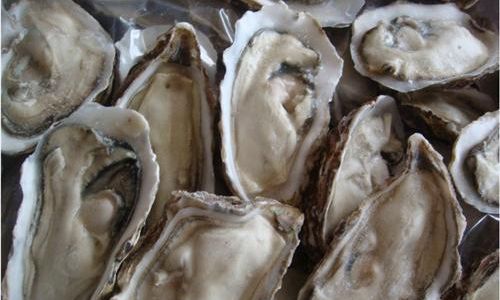



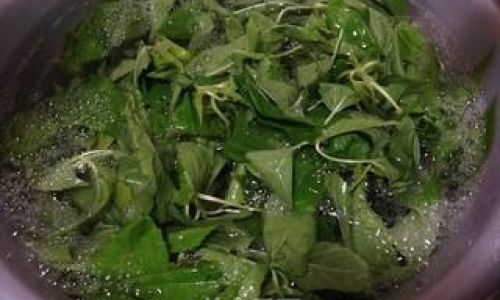
0 comments